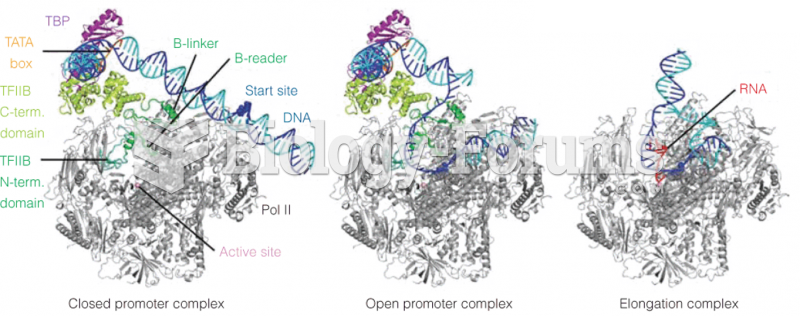Answer to Question 1
Because task interdependence and differences in goals are two major sources of conflict, altering the level of differentiation and integration to change task relationships is one way to resolve conflict.
If divisions are battling over resources, corporate managers can increase the number of integrating roles in the organization and assign top managers the responsibility for solving conflicts between divisions and for improving the structure of working relationships. In general, increasing the level of integration is one major way in which organizations can manage the problem of differences in subunit goals. To resolve potential conflict situations, organizations can increase their use of liaison roles, task forces, teams, and integrating mechanisms.
Another way to manage conflict is to make sure the design of an organization's hierarchy of authority is in line with its current needs. As an organization grows and differentiates, the chain of command lengthens, and the organization is likely to lose control of its hierarchy. This loss of control can be a major source of conflict because people have the responsibility to make decisions but lack the authority to do so because a manager above them must sign off on every move they make. Flattening the hierarchy, so that authority relationships are clearly defined, and decentralizing authority can remove a major source of organizational conflict.
Answer to Question 2
Although conflict is often perceived negatively, research suggests that some conflict is good for an organization and can improve organizational effectiveness. Conflict can be beneficial because it can overcome organizational inertia and lead to organizational learning and change. The conflict that arises when different groups perceive the organization's problems in different ways and are willing to act on their beliefs is a built-in defense against the organizational inertia produced by a top-management team whose members have the same vision of the world. In short, conflict can improve decision-making and allow an organization to better change and adapt to its environment.
Beyond a certain point, however, conflict stops being a force for good and becomes a cause of organizational decline. As different groups fight for their own positions and interests, they fail to arrive at consensus and innovation is more or less impossible in such a setting.







